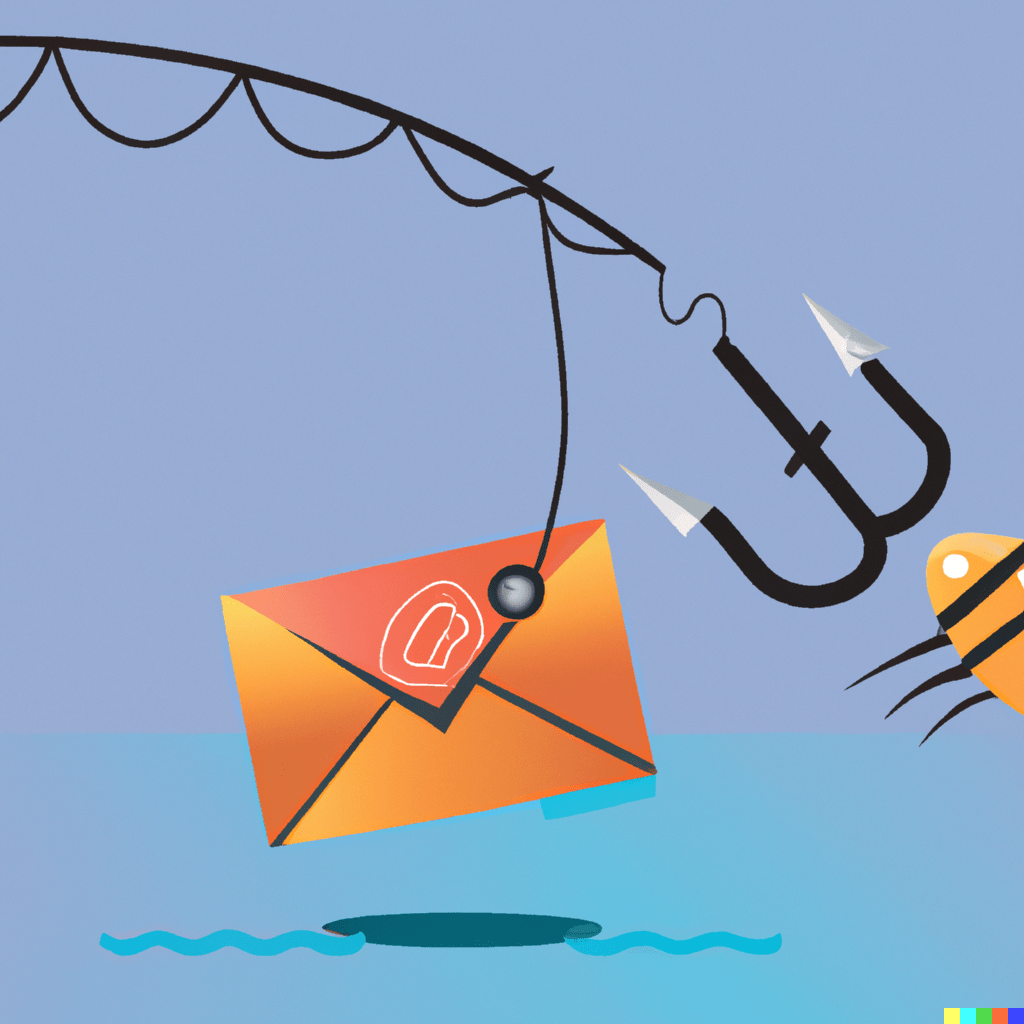Phishing attacks have become an increasingly common problem in recent years. These attacks typically involve cybercriminals attempting to trick users into revealing sensitive information such as login credentials, credit card numbers, and personal identification data. The techniques used in these attacks are becoming increasingly sophisticated, making it difficult for even experienced computer users to spot them. In this article, we will discuss what phishing attacks are and how to protect yourself from them.
What is Phishing?

Phishing is a type of cyberattack that involves tricking users into revealing sensitive information such as usernames, passwords, and credit card details. Cybercriminals typically create fraudulent websites or emails that appear to be from a legitimate source, such as a bank or other financial institution. These websites or emails contain links to a fake login page or form that is designed to capture the user’s sensitive information.
Phishing attacks are often carried out using email, but they can also be conducted via social media, text messaging, and instant messaging. These attacks can be highly effective because they prey on the trust that people have in well-known brands and institutions. Phishing attacks have become increasingly sophisticated in recent years, making it difficult for even experienced computer users to spot them.
How to Protect Yourself from Phishing Attacks
Protecting yourself from phishing attacks is essential in today’s digital age. Here are some tips to help you stay safe:
- Be wary of unsolicited emails: If you receive an email from an unknown sender or a sender you were not expecting an email from, be wary of the content of the email. If the email asks you to click on a link or provide sensitive information, do not respond. Instead, delete the email immediately.
- Verify the legitimacy of the sender: If you receive an email from a company or institution that you do business with, verify the legitimacy of the sender. Check the sender’s email address and verify that it is from the legitimate organization. If the email asks you to click on a link, hover your mouse over the link to see the URL. If it does not match the organization’s website address, do not click on it.
- Do not provide sensitive information: Be cautious about providing sensitive information online. If you receive an email that asks you to provide sensitive information, do not respond. Legitimate companies and organizations will not ask you to provide sensitive information via email.
- Use two-factor authentication: Two-factor authentication adds an extra layer of security to your online accounts. This means that even if a cybercriminal has your username and password, they will not be able to access your account without the additional code.
- Keep your software up to date: Keeping your software up to date is essential to protecting your computer from cyberattacks. Make sure that your operating system, web browser, and other software are all up to date with the latest security patches.
- Use antivirus software: Antivirus software can help protect your computer from malware and other threats. Make sure that you have antivirus software installed on your computer and that it is up to date.
- Be cautious on social media: Cyber-criminals can use social media to gather information about you that they can use in phishing attacks. Be cautious about the information that you share on social media and be wary of unsolicited friend requests and messages.
- Use a virtual private network (VPN): A VPN can help protect your online privacy by encrypting your internet traffic. This can help prevent cybercriminals from intercepting your online communications.
In conclusion, phishing attacks are becoming increasingly common, and it is essential to take steps to protect yourself. By being wary of unsolicited emails, verifying the legitimacy of senders, avoiding providing sensitive information online, using two-factor authentication, keeping your software up to date, using antivirus software, being cautious on social media, and using a VPN


